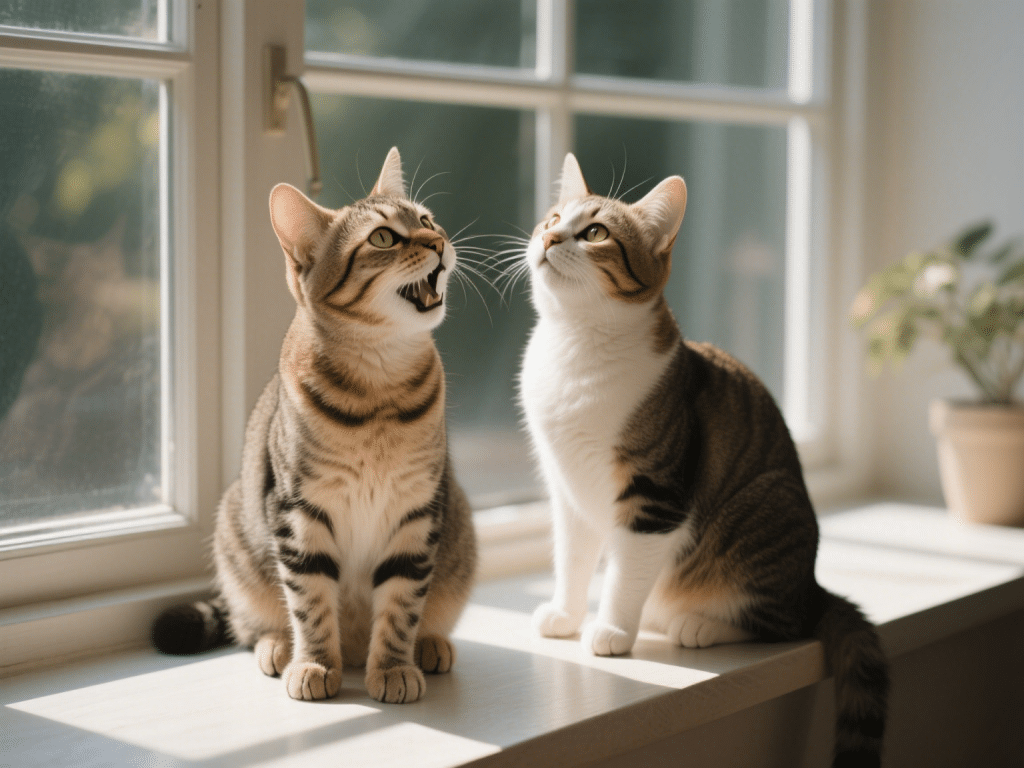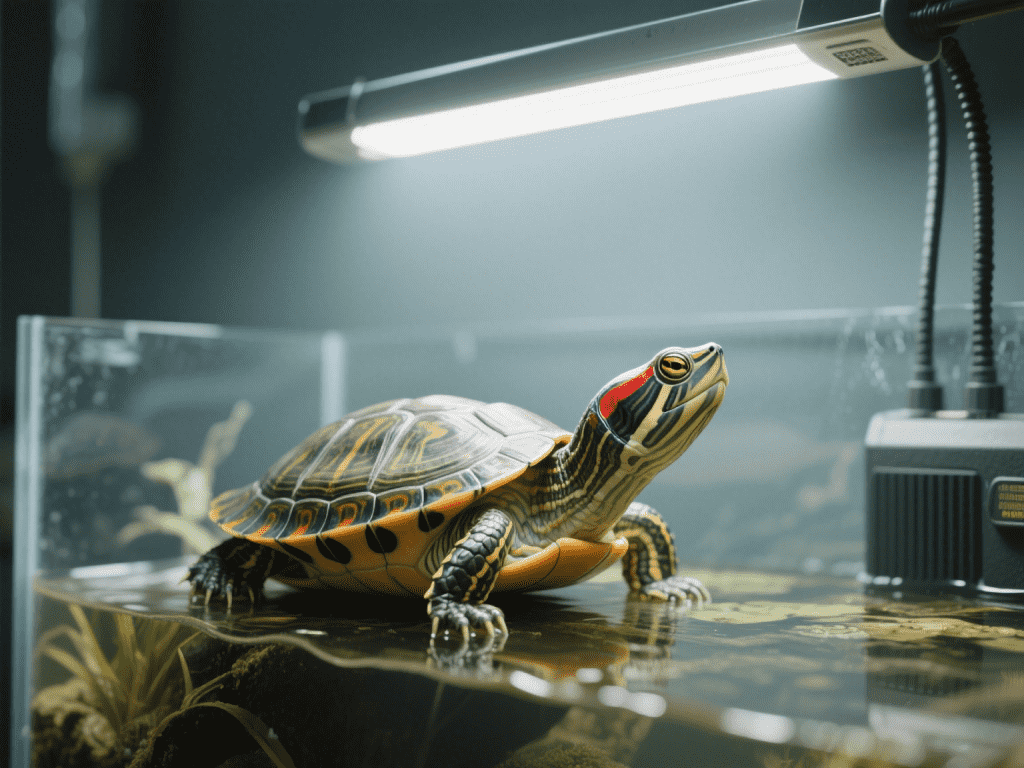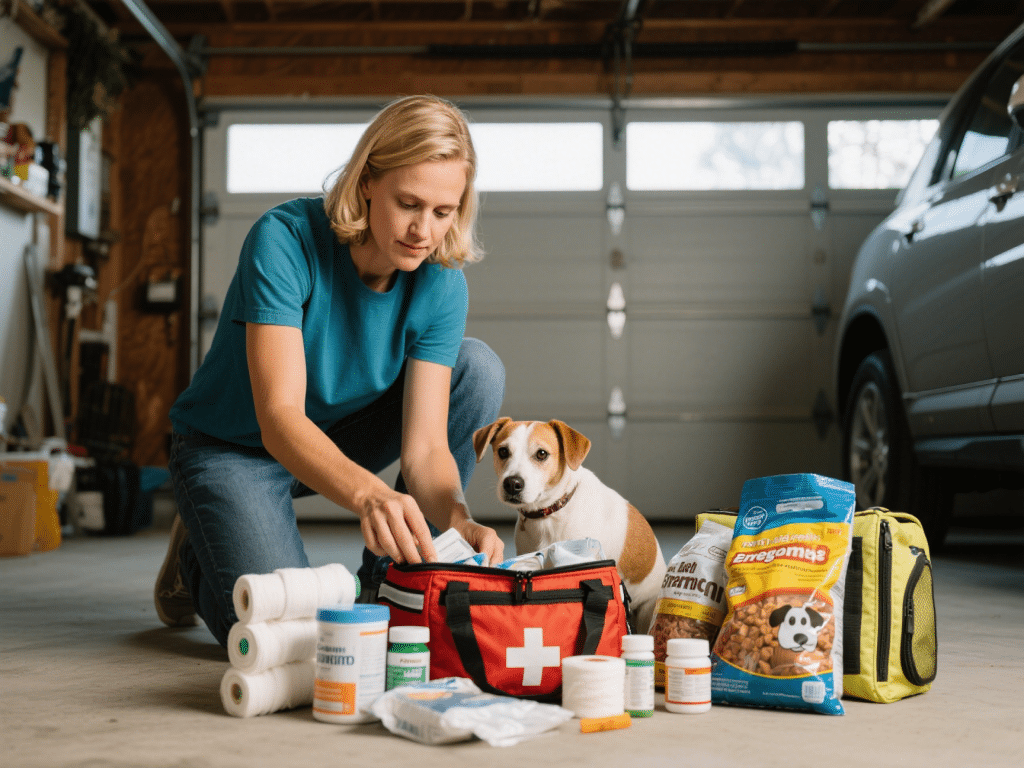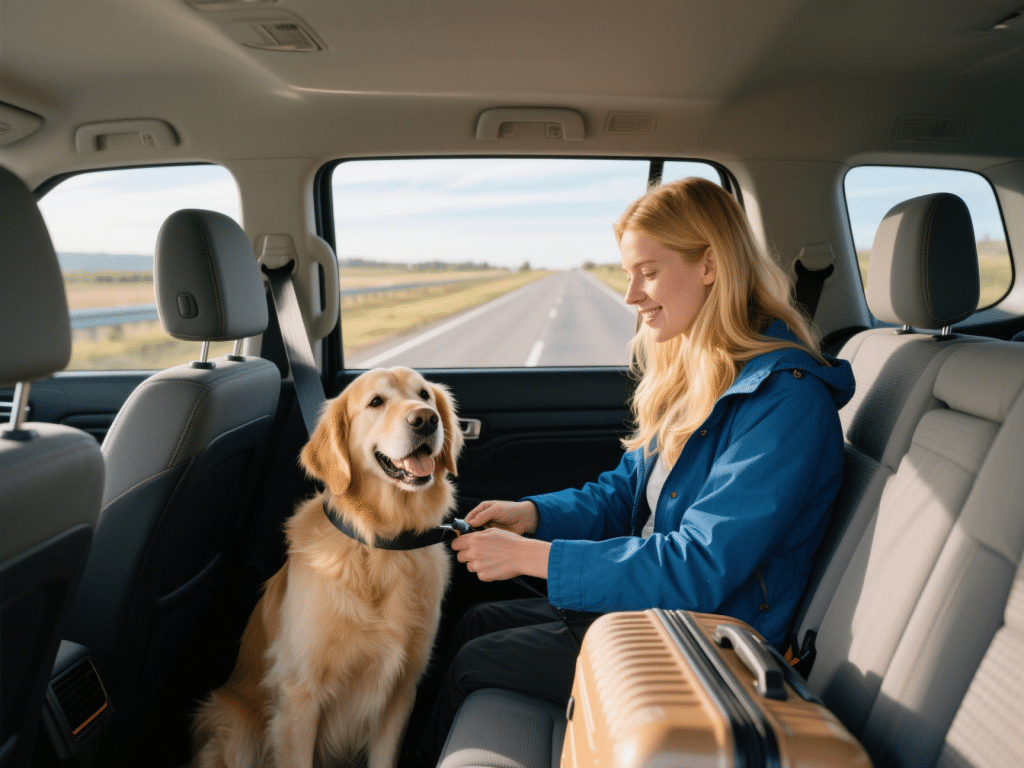
Decoding Cat Conversations: How Your Cat Talks to You and Other Cats
Anyone who’s lived with cats knows they have a unique language—part vocal, part body�...
Indoor cats require physical and mental stimulation to prevent obesity, boredom, and stress-related behaviors. A thoughtfully designed “Adventure Zone” mimics natural hunting/climbing instincts within safe boundaries. Studies show cats with vertical territory exhibit 30% fewer anxiety signs (Journal of Feline Medicine, 2023).
Wall-Mounted Systems: Install modular shelves (e.g., plywood with carpet/sisal) creating staggered pathways. Ensure platforms are ≥12"x12" for resting.
Cat Trees: Choose stable bases and varying heights (min. 5ft). Sisal rope posts satisfy clawing urges.
Window Perches: Secure, padded perches near sunny windows provide “cat TV” (bird watching).
Surfaces: Use non-toxic, scratchable textures: sisal rope, untreated wood, tightly woven carpet.
Avoid: Loose fabrics causing claw snags, particle board (off-gasses formaldehyde), or unstable structures.
Secure Mounting: Anchor all wall units into studs using steel brackets (>50lb capacity per shelf).
Puzzle Feeders: Hide kibble in treat balls or puzzle toys placed on platforms.
Rotating Toys: Cycle feather wands, crinkle balls, or battery-free moving toys weekly to maintain novelty.
Hidden Nooks: Include covered boxes or tunnels between platforms for security.
Fall Prevention: Ensure safe jump distances (<4ft between levels). Place soft mats below.
Accessibility: Include ramps or lower steps for kittens/senior cats. Avoid direct sunlight on resting spots.
Easy Cleaning: Choose wipeable materials or removable/washable covers.
DIY: Cost-effective using sanded plywood, kiln-dried 4x4 posts, and bulk sisal rope. Sand all edges smooth.
Commercial: Look for brands using solid wood and certified non-toxic finishes (e.g., E0/E1 standards).
Hybrid Approach: Combine sturdy store-bought bases with custom wall extensions.
Weekly: Inspect anchor points and sisal wear. Rotate toy locations.
Monthly: Wash fabric components. Re-tighten screws/brackets.
Observe Your Cat: Tailor layouts based on usage – expand popular routes, adjust unpopular elements.
Final Tip: Place the zone in a social area (e.g., living room corner) to integrate activity into family life. Cats seek interaction – reward exploration with praise or play, reinforcing positive use. A well-utilized Adventure Zone significantly enhances indoor feline welfare, turning potential lethargy into healthy adventure.
Professional Note: Consult your vet before introducing intense activity for sedentary cats. Gradual introduction over 1-2 weeks is recommended.

Anyone who’s lived with cats knows they have a unique language—part vocal, part body�...

UVB lighting is non‑negotiable for captive turtles—it drives vitamin D₃ production, ...

IntroductionBringing a new puppy into a household with an established cat can be challengi...

IntroductionDisasters and emergencies can happen unexpectedly—natural disasters, acciden...

IntroductionSelecting the right litter box is crucial for maintaining your indoor cat’s ...

Safe Dog Travel Tips: How to Prepare Your Dog for TripsTraveling with your dog can be rewa...
Comments on "Building a Comfortable Indoor 'Adventure Zone' for Your Cat" :